Ostrów Tumski, katedra i most bp. Jordana
Ostrów Tumski, cathedral and bridge of Bishop Jordan
© Nardowe Archiwum Cyfrowe
POL
near Poznań
Fetching images...
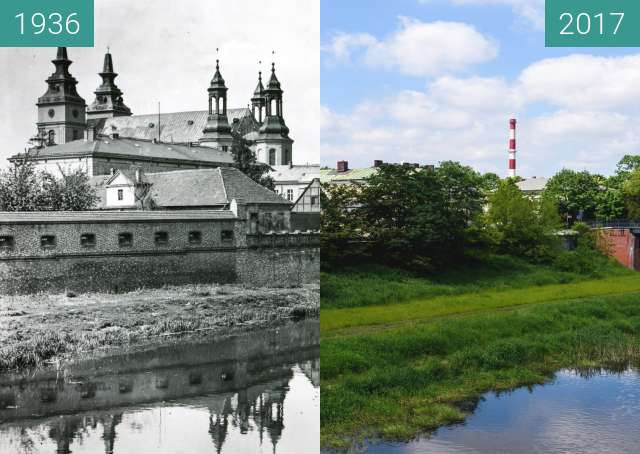
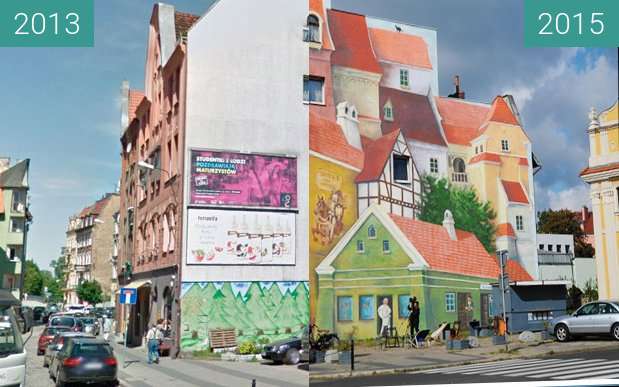
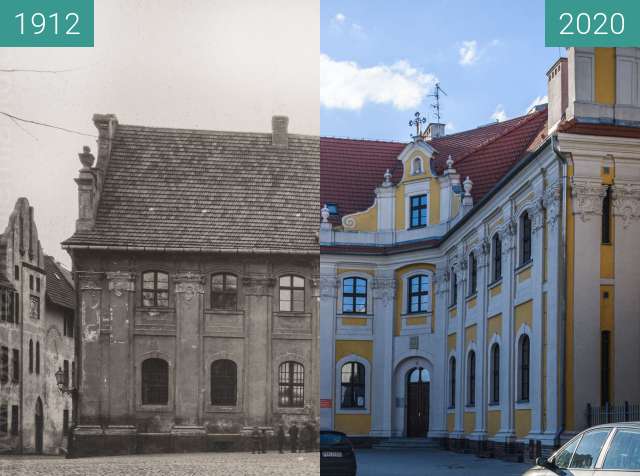

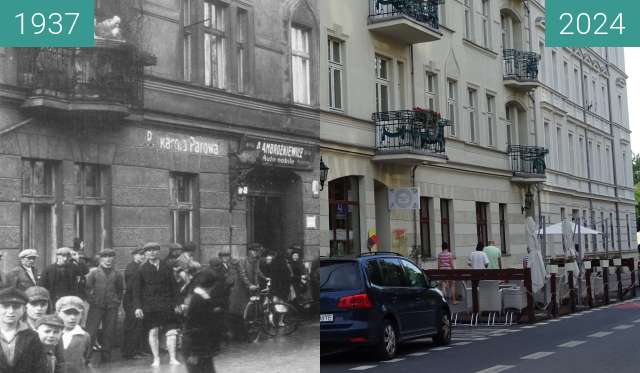
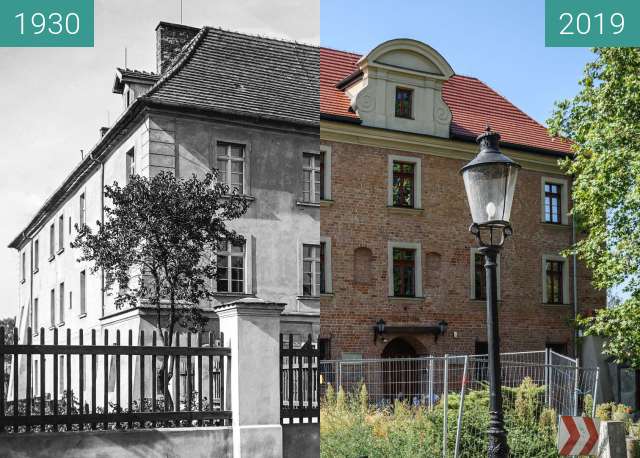
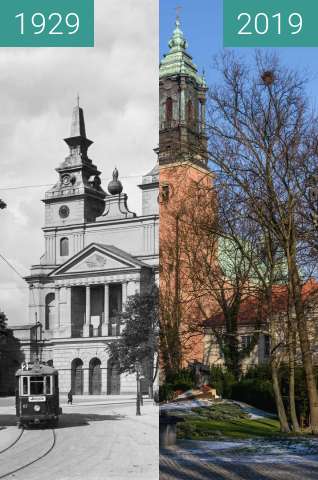
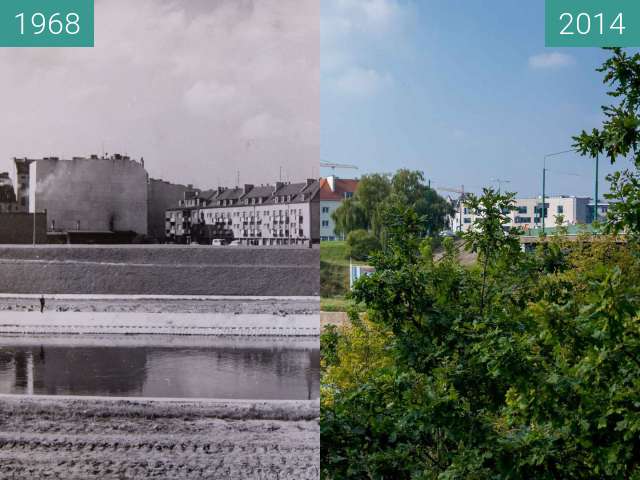


https://www.youtube.com/watch?time_continue=1&v=x5MtuU-7plw
Ostrów Tumski w Poznaniu – jedyna pozostała z licznych niegdyś w Poznaniu wysp na Warcie. Otaczają ją dwa ramiona rzeki: szersze, zachodnie, które obecnie stanowi główny nurt Warty, oraz węższe, wschodnie, nazywane Cybiną, podobnie jak rzeczka, przepływająca przez Jezioro Maltańskie i do tego ramienia uchodząca, pełniąca też rolę wschodniego kanału ulgi. Z lądem Ostrów Tumski łączą mosty: Bolesława Chrobrego (z lewym brzegiem) i Mieszka I (z prawym brzegiem). Dnia 7 grudnia 2007 roku został otwarty most biskupa Jordana, który przywrócił historyczne połączenie wyspy ze Śródką. W 2014 roku, wraz z budową Interaktywnego Centrum Historii Ostrowa Tumskiego, powstała oszklona kładka nad Cybiną, na północ od mostu Biskupa Jordana. Zespół urbanistyczno-architektoniczny Ostrowa Tumskiego i Śródki od 6 października 1982 roku figuruje w rejestrze zabytków pod numerem A-239[1]. W 2008 uznany został przez prezydenta RP, w ramach historycznego zespołu miasta Poznania, jako pomnik historii.
Źródło: https://pl.wikipedia.org/wiki/Ostr%C3%B3w_Tumski_w_Poznaniu
https://www.youtube.com/watch?time_continue=1&v=x5MtuU-7plw
Ostrów Tumski in Poznań - the only one remaining from the Warta islands that were once numerous in Poznań. It is surrounded by two arms of the river: wider, west, which is currently the main current of the Warta, and narrower, eastern, called Cybina, just like a river flowing through Lake Malta and escaping to this arm, also serving as the eastern channel of relief. The bridges of Bolesław the Brave (with the left bank) and Mieszko I (with the right bank) connect with the mainland of Ostrów Tumski. On December 7, 2007, Bishop Jordan's bridge was opened, which restored the historical connection of the island with Śródka. In 2014, along with the construction of the Interactive Center of the History of Ostrów Tumski, a glazed footbridge over the Cybina River, north of the Bishop Jordan Bridge, was created. The urban and architectural complex of Ostrów Tumski and Śródka has been listed in the register of monuments under number A-239 since October 6, 1982 [1]. In 2008, he was recognized by the President of the Republic of Poland as a historical monument as part of the historical ensemble of the city of Poznań.
Source: https://pl.wikipedia.org/wiki/Ostr%C3%B3w_Tumski_w_Poznaniu